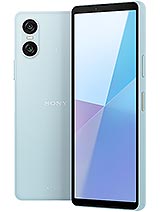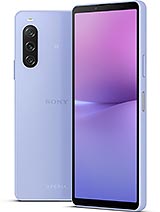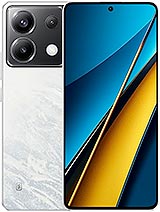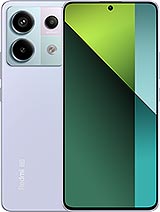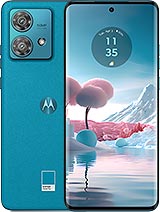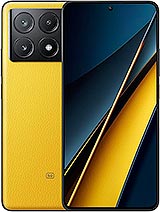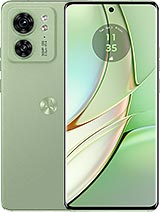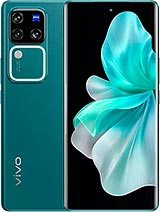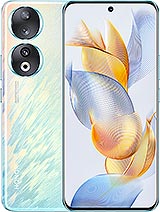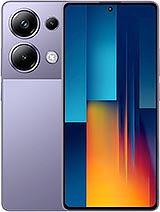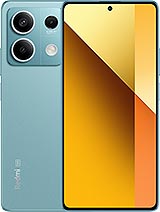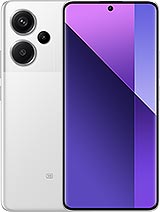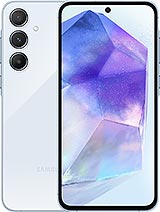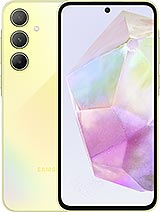Sony Xperia 10 VI review

Display
The display on the Xperia 10 VI hasn't changed much, coming from the Xperia 10 V. It still measures 6.1 inches diagonally and retains the non-traditional 21:9 cinematic aspect ratio. The resolution hasn't changed either at FullHD+ or 1080 x 2520 pixels, which works out to a pixel density of around 449 ppi.

We measured slightly better brightness on the Xperia 10 VI compared to last year's model. The difference isn't massive, but the new device can do 660 nits on the slider and 1,010 nits max auto. While very far from industry-leading, that is bright enough to be comfortably usable outdoors.
The Xperia 10 VI has 10-bit color support (8+2) and Sony's Triluminos display technology. You can choose between two color modes in settings - standard, which targets the DCI-P3 color space and original, which targets sRGB. Both do a decent job.
The OLED display of the Xperia 10 VI has HDR support. However, our unit reports no HDR decoding support in software. We are using an early software build, so hopefully, this won't be the case on retail units.
On a more positive note, the phone supports the highest possible Widevine L1 certification, allowing apps like Netflix to offer up FullHD streams and saturate the display resolution.
In a rather majorly disappointing move, Sony left the refresh rate of the Xperia 10 VI at 60Hz yet again. This is definitely not competitive on a 2024 midranger.
We also noticed that the display on the Xperia 10 VI has a rather nasty color shift to it, which wasn't present on last year's model.
Battery life
One of the highlights of the Xperia 10 series has traditionally been the exceptional battery life. Unfortunately, the latest Xperia 10 VI doesn't shine as bright in this department as its predecessor did. On the positive side, the chipset upgrade was way overdue, so we are glad to trade a few hours of runtime for the upgrade in processing power.
It scores almost universally lower in every test, except for web browsing, where it does slightly better than the Xperia 10 V.
With an Active Use Score of almost 14 hours, the Xperia 10 VI remains very competitive amidst other devices in its segment. You get some solid battery life numbers across the board.
Our new Active Use Score is an estimate of how long the battery will last if you use the device with a mix of all four test activities. You can adjust the calculation based on your usage pattern using the sliders below. You can read about our current battery life testing procedure here. For a comprehensive list of all tested devices so far, head this way.
Charging speed
Sony doesn't officially advertise the charging capabilities of the Xperia 10 VI. The best we can tell is that things haven't really changed since the Xperia 10 IV, and the phone shill charges over Power Delivery with a maximum rate of 21W. Since the Xperia 10 VI doesn't come with a charger, we used a known good 65W PD charger and a known good cable for the charging test.

Rather, expectedly, the Xperia 10 VI isn't particularly quick to charge. It effectively matches the charging rate of its Xperia 10 V predecessor, which translates to only around 20% charge from dead in 15 minutes, then around 36% charge in half an hour, with a full charge taking 1:53 hours. Almost two hours of charging time is pretty slow and you can get much faster charging from competitors in this price range.
The Xperia 10 VI has a pretty nifty Battery Care feature built in. It is meant to limit the battery's time at 100% charge, increasing its overall longevity. You can use one of a few modes and decide whether you want to limit the maximum charge level achievable to 90% or 80%. You can also set a custom time when the phone needs to finish charging fully and let the charging curve adjust accordingly. This can even happen automatically when the phone decides when to finish charging based on your usage patterns.
Sony promises this extra attention to battery health will result in a "healthy battery" for up to three years.
Speakers - loudness and quality
Front-facing stereo speakers were added to the Xperia 10 family last year and have thankfully been carried forward to the Xperia 10 VI.

The two sound sources are surprisingly well-balanced, and the fact that they both face forward only adds to the immersive multimedia experience.
The speaker system appears to have been tuned this year since it offers a bit better overall loudness than the Xperia 10 V and enhanced dynamic range. The output itself is also very clean, especially in the mids. Highs are very well contained as well, and there is no noteworthy distortion even at high volumes.

Overall, Sony has crafted a very respectable stereo setup for the Xperia 10 VI. Users also get a few software extras on top of the audio hardware, like 360 Reality Audio, which unfortunately only works with a limited selection of subscription music services. There is even a complementary feature that claims it can upmix regular stereo audio into a 360-degree compatible one. Sony's DSEE Ultimate general audio upscaler is also on board.
Use the Playback controls to listen to the phone sample recordings (best use headphones). We measure the average loudness of the speakers in LUFS. A lower absolute value means a louder sound. A look at the frequency response chart will tell you how far off the ideal "0db" flat line is the reproduction of the bass, treble, and mid frequencies. You can add more phones to compare how they differ. The scores and ratings are not comparable with our older loudspeaker test. Learn more about how we test here.
Connectivity
The Xperia 10 VI is a 5G device. It supports SA and NSA Sub-6 connectivity. Our review unit is a single-SIM model, but a dual-SIM one with two Nano-SIM slots also exists in some markets. There is an expandable microSD storage slot on the SIM tray. It is not a dedicated slot on the Dual SIM model, though.
The Xperia 10 VI has GPS, GLONASS, GALILEO, BDS and QZSS support for location services. Local connectivity includes dual-band Wi-Fi ac and Bluetooth 5.2 with LE, aptX HD, aptX Adaptive, Hi-Res Audio and LDAC support. There is NFC on board as well as a 3.5mm audio jack. No FM radio receiver, though.
The Type-C port on the Xperia 10 VI is backed up by a basic USB 2.0 data connection, which means a theoretical speed cap of 480 Mbps. It has USB OTG/Host support but nothing else fancy, like video output.
The Xperia 10 VI has a pretty full set of sensors. These include a BOSCH bmi26x accelerometer and gyroscope combo, a memsic mmc56x3x magnetometer and compass combo and a sensortek stk3a5x light and hardware proximity sensor. There is no barometer.
Reader comments
- Anonymous
- 18 Apr 2025
- tu2
Really ? I changed all my samsung charger to sony because it was burned .
- Anonymous
- 24 Mar 2025
- 3iX
Like an engineer who understands the limitations of technology and how compromise brings reliability and battery life benefits? Which are more important than fast refresh rate smoothness for people who arguably live too much on their phone if they ca...
- Kelvin
- 03 Mar 2025
- YUU
I love Sony phone as well and planning to buy mark vi this month, and i agree there are some of the chinese brand phone quality control was not good (i won't name them but i can tell u there are those brand who target customers who go for budget...


